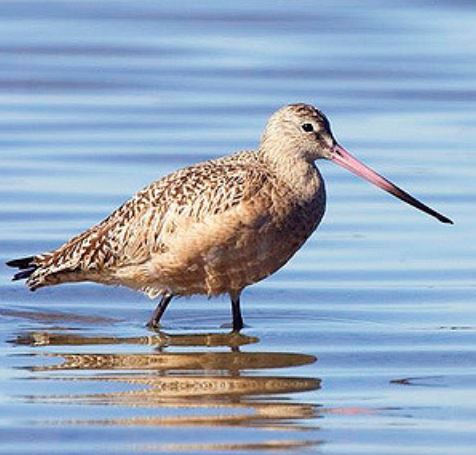Top 10 Birding Sites

10. Nassawango Creek, including Red House Road
For warblers, vireos, and other passerines, few things can match the upper reaches of Nassawango Creek in spring and early summer. The two-hour paddle from Red House Rd. to Nassawango Rd. is a bird-lovers dream with the yellow flashes of Prothonotary Warblers as they buzz about amidst the 10,000 acres of Nature Conservancy-owned cypress forest.
9. Pocomoke River, including Porter’s and Whiton crossings
Pocomoke River birders have two seasons. In spring and summer, the accessible upper reaches of the river boast world-class FIDS habitat with Prothonotary Warblers, Northern Parulas, American Redstarts, and Yellow-throated Vireos singing creekside amidst the 50,000 acres of state-owned land. The 3.5-hour paddle from Porters Crossing to Snow Hill is a must for warbler junkies. A morning walk at Whiton Crossing a few miles upriver from Porters Crossing is also a favorite. In winter, head downstream from Snow Hill via motorboat for some unparalleled eagle watching along the wider stretches of river.

8. Heron Park
Heron Park in Berlin is a duck lover’s paradise. Recently opened to the public, the 60-acre park’s ponds are known in winter for their Hooded Mergansers and Ring-necked and Ruddy Ducks. Shorebird watching is excellent here in the late summer and early fall, and breeding Green Herons are a treat in summer.
In fall, winter, and early spring there are few spectacles like the Ocean City Inlet. The jetties that separate the resort from Assateague Island lure favorite winter species like Purple Sandpipers, Brant, and Ruddy Turnstones. In addition to Red-throated and Common loons, winter regulars here include Common Eider, Harlequin Ducks, Long-tailed Ducks, and all three species of scoter. Rarity seekers come here for King Eiders, Dovekie, Red-necked Grebes, and Razorbills.

If you love dabbling ducks in late fall, winter, and early spring the West Ocean City (Elliott’s) pond is for you. This 3-acre gem, just northeast of the White Marlin Mall is privately owned but some parking is available on the west side of Golf Course Road. When unfrozen, this pond often boasts Canvasbacks, Pintails, Redheads and Tundra Swan.
5. Sunset Park
This small, tucked away park on Somerset St. in downtown Ocean City has become famous for spring and fall migrants. The 212 species seen there range from Razorbill and Common Eider to Scissor-Tailed Flycatcher and Rock Wren.
4. South Point

This mostly privately owned area south of Assateague Rd and east of Ayres Creek is known for its fall migrants, especially hawks. Flyovers of myriad species of ducks and geese are common here too in fall and winter. Take the drive down to the South Point Boat Ramp and cruise the point via Waterside Drive for best results.
Nestled between Taylors and George Island landings on Chincoteague Bay, this 3,500-acre state-owned wildlife management area (WMA) boasts vast marshes, maritime forest, and easy access to both. Choose your favorite season here for FIDS, ducks, hawks, eagles, and shorebirds. But be careful during deer and turkey season as this WMA can get crowded.
This famous Chincoteague Bay Landing at the end of the unpaved Truitt’s Landing Road east of Snow Hill is famous for its freshwater marsh on its northern flank and vast saltmarsh on its southern side. Its 242 recorded species of birds include King, Clapper, Virginia and (formerly) Black rails, Marbled Godwits, Whimbrels and eight species of sandpiper. If shorebirds, rails, harriers, and eagles are your forte Truitt’s Landing is the place for you.

1. Assateague Island National Seashore and State Park
Not surprisingly, Assateague Island is known for its premier birding as well as its beauty. Closing in on 300 documented species, Maryland’s 35-mile stretch of unspoiled barrier island has its hotspots. Bayside campground (first road on right after National Seashore toll booth) is a favorite fallout spot for passerines during spring and fall migration. The island’s bayside holds a number of seabird colonies, the most famous of which is South Point Spoils. While accessible only by boat, the morning and evening flights of all manner of egret and heron, plus Glossy Ibis and Brown Pelican, can be viewed from the end of Bayside Drive or Old Ferry Landing. Any stretch of beach can be hot for shorebirds and in winter the near-shore break often reveals loons and sea ducks.
Photos courtesy of Frode Jacobsen
